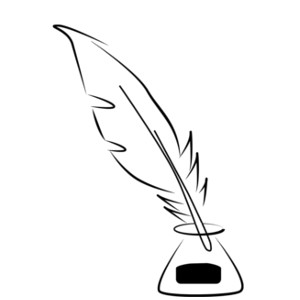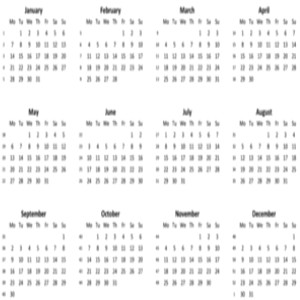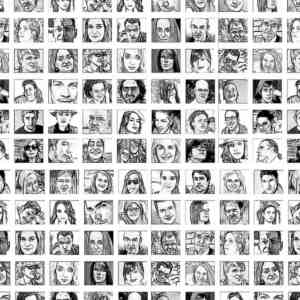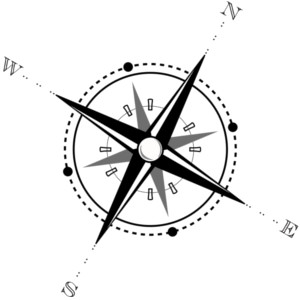
Description
Shape, Form, and Structure are elusive notions and yet are at the core of several disciplines from the humanistic (like literature and the arts) to the scientific (chemistry, biology, physics) and within these from the formal (mathematics, logic) to the empirical (engineering, cognitive science). Even within domains such as computer science and artificial intelligence, these notions rely on common-sense meanings and everyday perception and communication practices. Furthermore, formalisations of the semantics and reasoning about shape, form, and structure are typically ad hoc. Several approaches have been proposed within the aforementioned disciplines to study the notions of shape, form and structure from different viewpoints. A comprehensive formal view of how to understand their different uses has not emerged yet but it is clear that one needs to investigate an interdisciplinary perspective.
The Shapes workshop series is an interdisciplinary platform for the discussion of all topics connected to shape (broadly understood). Perspectives from psycho-linguistics, ontology, computer science, artificial intelligence, mathematics, aesthetics, design science, cognitive science and beyond are welcome to contribute and participate in the workshop. We seek to facilitate an interdisciplinary discussion between researchers from all disciplines interested in representing shape, form and structure, and reasoning about them. This includes formal, cognitive, linguistic, engineering and/or philosophical aspects of space and vision, being the domains where shape, form and structure find a natural setting, as well as their application in the sciences and in the arts.
Special Focus: architecture
Every edition of Shapes adds a special theme to drive attention to particular uses and needs in interesting areas. This edition drives attention to shape, form and structure in architecture. Architecture is an intrinsically interdisciplinary domain that nicely combines art, science and technology, and is rooted in the study of culture, landscape, territory and social practices. The study of shape, form and structure is part of the background of architects but architects tend to view and understand these notions within the context of a project design and not in their generality. We particularly encourage contributions that shed some light on the use of shape, form and structure in and across architectural works and architectural ways of thinking.

Important Dates
| June 15, 2019 | Submission of contributions (extended deadline) |
| July 20, 2019 | Workshop paper acceptance notification |
| August 15, 2019 | Deadline for final camera ready |

Submission
✔ Shapes 5.0 solicits contributions on the topics described above in the form of:
a) extended abstracts of up to 4 pages (talk only)
b) short papers 5-8 pages, long papers up to 14 pages (for inclusion in JOWO proceedings)
c) pieces of art (music, video, sculpture, scale model...) together with an abstract, or short or long papers (for inclusion in proceedings)
✔ Submission Website: select "The Shape of Things" track
✔ Proceedings: the papers will be published in the JOWO proceedings at ceur-ws.org
✔ All submissions must be in PDF format and must follow the IOS Press formatting guidelines

Invited Speakers
TBA

Program
11:30 - 12:30
| Raimundo Henriques | Architectural Functionalism Reconsidered |
| Damion Dooley and William Hsiao | 3D Visualization of Application Ontology Class Hierarchies |
14:00-16:00
| Maria Rosaria Stufano Melone, Stefano Borgo, Claudio Masolo and Roberta Ferrario | Towards an ontology-based framework to store and retrieve memories for creative architectural projects |
| Yi Ru and Michael Gruninger | More than just One Box |
| Maria M. Hedblom and Oliver Kutz | Hidden Meaning: Using image schema violations to expose hidden semantical structures in metaphors |

Organization
TBA
| Mara Abel | Universidade Federal do Rio Grande do Sul |
| Mihailo Antovic | University of Nis |
| Mehul Bhatt | Örebro University |
| Emilios Cambouropoulos | Aristotle University of Thessaloniki |
| Chiara Di Francescomarino | Fondazione Bruno Kessler-IRST |
| Christian Freksa | University of Bremen |
| Antony Galton | University of Exeter |
| Franca Giannini | IMATI CNR |
| Michael Gruninger | University of Toronto |
| Maria M. Hedblom | Photogeniq, Vienna |
| Kris Krois | Free University of Bolano-Bozen |
| Frieder Nake | University of Bremen |
| Susanna Siegel | Harvard University |
| Rossella Stufano | Politecnico di Bari, Italy |
| Inge Hinterwaldner | Karlsruhe Institute of Technology, Germany |
| Stefano Borgo | Laboratory for Applied Ontology (LOA) ISTC-CNR, Trento, Italy |
| Oliver Kutz | KRDB, Free University of Bolzano-Bozen, Italy |

Venue
This year the SHAPES Workshop will be part of the Joint Ontology Workshops JOWO 2019, hosted at the Medical University of Graz, Austria.

Previous Shapes
| SHAPES 4.0 |
| SHAPES 3.0 |
| SHAPES 2.0 |
| SHAPES 1.0 |